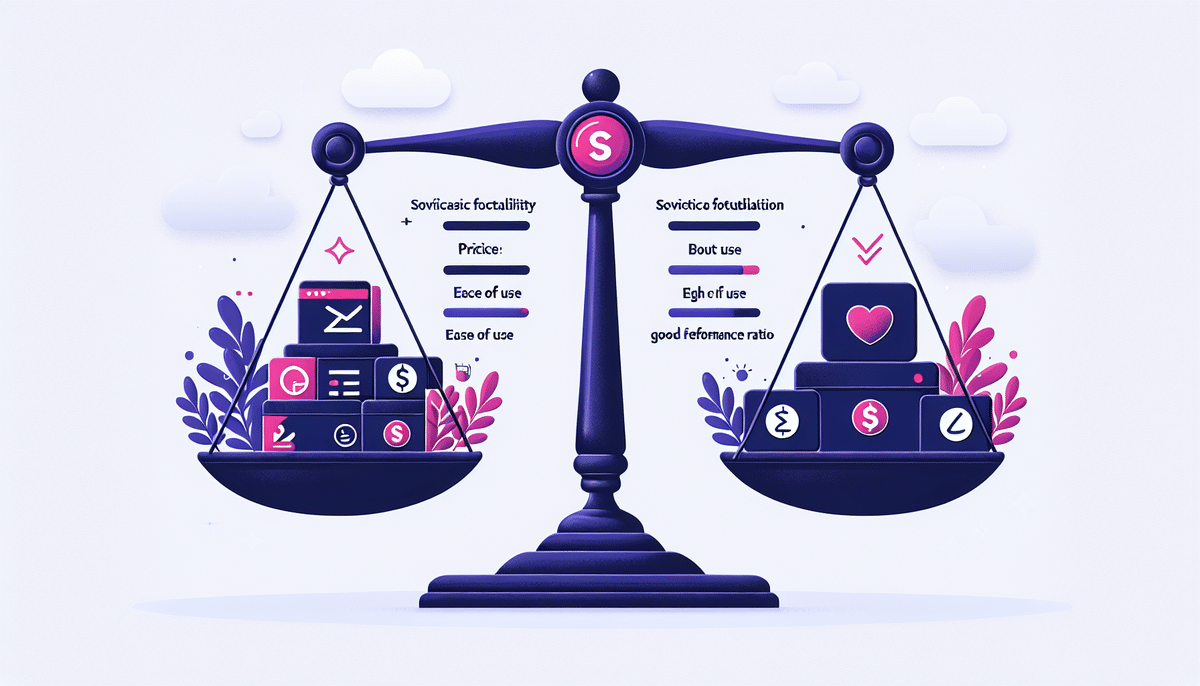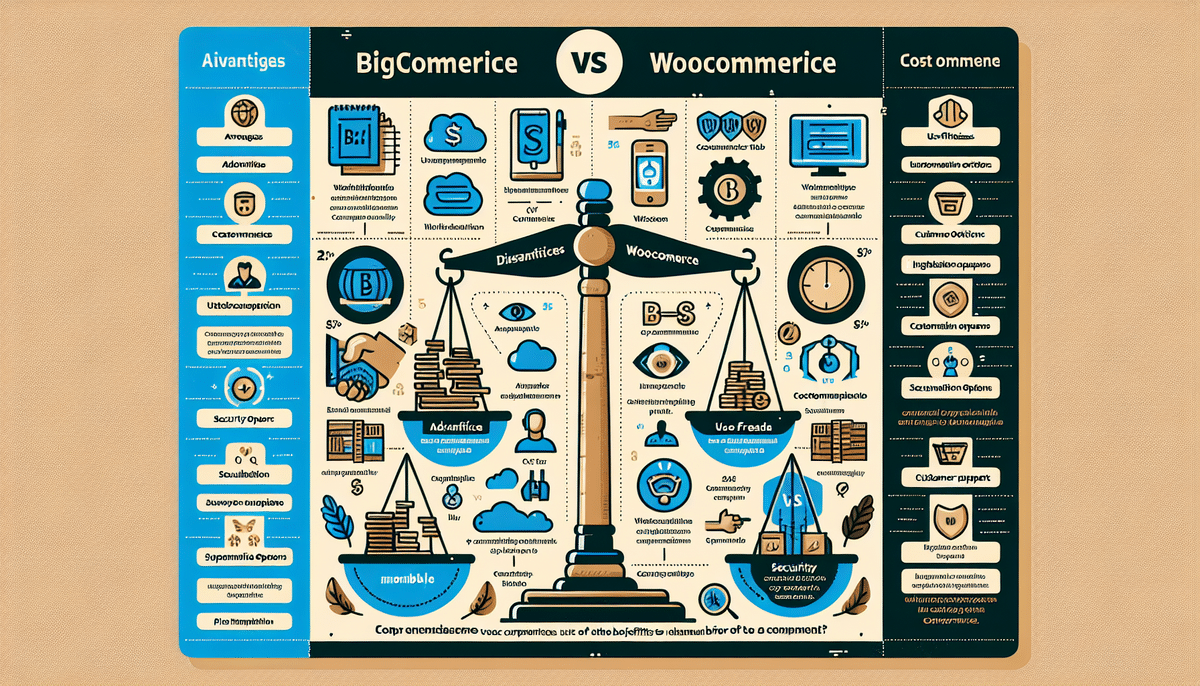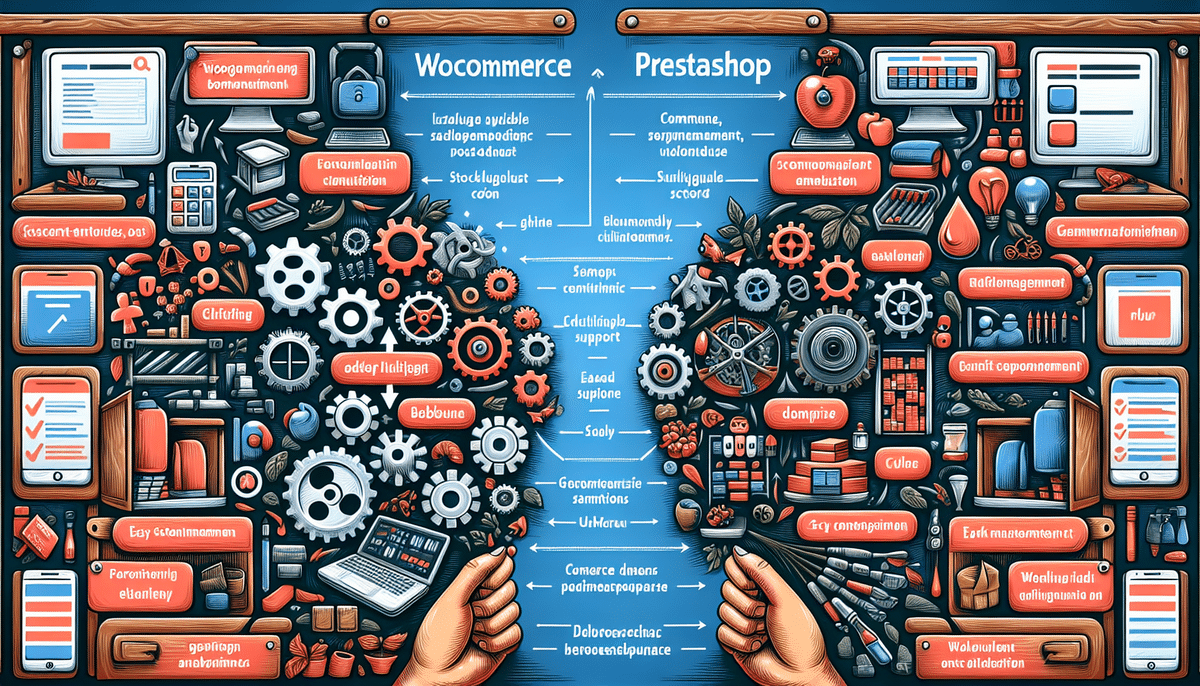Magento (Adobe Commerce) vs WooCommerce (WordPress Plugin)
Choosing the right e-commerce platform is a critical decision for any online business. Two of the most popular options are Magento (Adobe Commerce) and WooCommerce, a WordPress plugin. This comprehensive guide explores the strengths and weaknesses of each platform to help you determine which is best suited for your business needs.
Overview of Magento and WooCommerce
What is Magento (Adobe Commerce)?
Magento, developed by Adobe, is a robust e-commerce platform designed for businesses of all sizes. It comes in two main versions: Magento Open Source, which is free, and Magento Commerce, a premium version offering advanced features and dedicated support. Magento is renowned for its scalability, extensive customization options, and comprehensive feature set, making it a preferred choice for large enterprises and high-traffic websites.
What is WooCommerce?
WooCommerce is an open-source e-commerce plugin for WordPress, launched in 2011. It transforms a standard WordPress site into a fully functional online store. WooCommerce is favored by small to medium-sized businesses due to its ease of use, flexibility, and the vast ecosystem of plugins and themes available for customization.
Key Differences Between Magento and WooCommerce
Target Audience
Magento is tailored for large businesses with complex e-commerce requirements, offering features like multi-store management and advanced product options. In contrast, WooCommerce is ideal for small to medium-sized businesses seeking a user-friendly platform that integrates seamlessly with WordPress.
Pricing
Magento: Magento Open Source is free to use, but implementing it can be costly due to hosting, development, and maintenance expenses. Magento Commerce starts at approximately $1,600 per month, catering to enterprises with substantial budgets.
WooCommerce: WooCommerce itself is free, but costs arise from hosting, domain registration, and premium extensions. This makes WooCommerce a cost-effective solution for smaller businesses.
Features
Magento offers a comprehensive suite of features out-of-the-box, including advanced inventory management, multi-language support, and powerful SEO tools. WooCommerce provides essential e-commerce functionalities, with additional features available through a variety of plugins.
Ease of Use
Magento has a steep learning curve and typically requires technical expertise to set up and manage. WooCommerce is more accessible, especially for users familiar with WordPress, allowing for easier setup and management without extensive coding knowledge.
Design and Customization
Magento offers extensive customization capabilities through its modular architecture, giving developers full control over the site's design and functionality. WooCommerce leverages WordPress themes and a plethora of plugins, enabling users to customize their stores without deep technical skills.
Performance
Magento is optimized for high performance and can handle large catalogs and high traffic volumes efficiently. WooCommerce's performance largely depends on the hosting environment and the number of plugins used, making optimization crucial for maintaining speed and reliability.
Security
Magento provides robust security features, including PCI compliance and multiple layers of protection against data breaches. WooCommerce relies on WordPress's security measures, supplemented by SSL encryption and regular updates, but requires diligent maintenance to ensure security integrity.
SEO Optimization
Magento includes built-in SEO tools such as customizable meta tags, search-friendly URLs, and automatic sitemaps. WooCommerce enhances SEO through various plugins like Yoast SEO, offering powerful optimization capabilities tailored to WordPress's strengths.
Payment Gateway Integration
Both platforms support a wide range of payment gateways. Magento offers integrated payment solutions and supports various third-party gateways, while WooCommerce provides extensive options through its marketplace of payment extensions.
Third-Party Integrations
Magento boasts seamless integrations with enterprise-level systems like ERP and CRM solutions. WooCommerce excels in integrating with a vast array of WordPress plugins, marketing tools, and CRM systems, offering flexibility for diverse business needs.
Support and Documentation
Magento provides enterprise-level support for its Commerce edition, including dedicated account managers and comprehensive documentation. WooCommerce offers extensive community support, detailed documentation, and a variety of tutorials to assist users in managing their stores.
Pros and Cons
Magento (Adobe Commerce)
- Pros:
- Highly customizable and scalable
- Robust feature set suitable for large enterprises
- Advanced SEO and marketing tools
- Strong security measures
- Cons:
- High implementation and maintenance costs
- Requires technical expertise
- Steep learning curve
WooCommerce (WordPress Plugin)
- Pros:
- Cost-effective and flexible
- Easy to set up and manage
- Extensive range of plugins and themes
- Large community and support resources
- Cons:
- Performance can suffer with high traffic
- Requires regular maintenance and updates
- Less robust feature set compared to Magento
Choosing the Right Platform for Your Business
Selecting between Magento and WooCommerce depends on various factors, including your business size, budget, technical expertise, and specific feature requirements. Consider the following when making your decision:
- Business Size and Growth: Magento is better suited for larger businesses with plans for significant growth, while WooCommerce caters well to small and medium-sized enterprises.
- Budget: WooCommerce offers a more affordable entry point, whereas Magento requires a larger investment.
- Technical Expertise: If you have access to developers, Magento's customization potential is advantageous. Otherwise, WooCommerce's user-friendly interface may be more appropriate.
- Feature Requirements: For advanced e-commerce functionalities, Magento stands out. WooCommerce is ideal for businesses needing basic to moderately advanced features.
Case Studies
Magento: PepsiCo
PepsiCo leverages Magento to manage its extensive online presence, handling a vast catalog of products across multiple brands. Magento's scalability and robust feature set allow PepsiCo to deliver a seamless shopping experience to millions of customers globally.
WooCommerce: All Blacks Shop
The official online store for the New Zealand All Blacks uses WooCommerce to offer merchandise to fans worldwide. WooCommerce's flexibility and ease of use enabled the team to efficiently manage their product offerings and user experience.
Tips for Migrating Between Platforms
Migrating from one e-commerce platform to another requires careful planning to ensure a smooth transition. Here are essential steps to consider:
- Assess Current Needs: Evaluate the functionalities you require and how the new platform meets those needs.
- Data Migration: Ensure all your data, including products, customers, and orders, are accurately transferred.
- Design and Customization: Plan your store's design and any custom features needed on the new platform.
- Minimize Downtime: Schedule the migration during low-traffic periods to reduce disruptions for customers.
- Testing: Rigorously test the new setup to identify and fix any issues before going live.
Consider using professional migration services or reputable plugins to facilitate the process and maintain data integrity.
Conclusion
Both Magento and WooCommerce are powerful e-commerce platforms, each with its unique strengths and ideal use cases. Magento excels in scalability, customization, and advanced features, making it suitable for large enterprises and high-traffic stores. WooCommerce, with its affordability, ease of use, and extensive plugin ecosystem, is perfect for small to medium-sized businesses looking to establish or grow their online presence.
Ultimately, the right choice depends on your specific business requirements, budget, and long-term goals. Carefully evaluate the pros and cons of each platform to make an informed decision that aligns with your e-commerce strategy.
Additional Resources
- Magento vs WooCommerce Comparison by Shopify
- What is Magento? - W3Schools
- WooCommerce vs Magento - WPBeginner
- Magento on BuiltWith
- WooCommerce on BuiltWith
Frequently Asked Questions (FAQs)
Which platform is more cost-effective for startups?
WooCommerce is generally more cost-effective for startups due to its free core plugin and lower implementation costs. It allows businesses to start with minimal investment and scale as needed.
Can Magento handle large product catalogs?
Yes, Magento is designed to manage large product catalogs efficiently, making it suitable for businesses with extensive inventory and complex product attributes.
Is WooCommerce secure for online transactions?
WooCommerce is secure when properly maintained. It relies on WordPress's security features and requires regular updates and security practices to protect against vulnerabilities.
Do I need technical skills to use Magento?
Magento typically requires technical skills for setup and customization. It is recommended for users with developer support or those willing to invest in technical resources.
Can WooCommerce integrate with existing WordPress websites?
Absolutely. WooCommerce is a plugin designed to integrate seamlessly with WordPress, allowing you to add e-commerce functionality to your existing site easily.
Future Trends in E-commerce Platforms
The e-commerce landscape is continually evolving with advancements in technology and changing consumer behaviors. Platforms like Magento and WooCommerce are adapting to emerging trends such as artificial intelligence, personalized shopping experiences, and omnichannel retailing. Staying informed about these trends can help businesses leverage platform features to enhance their online presence and customer engagement.




















